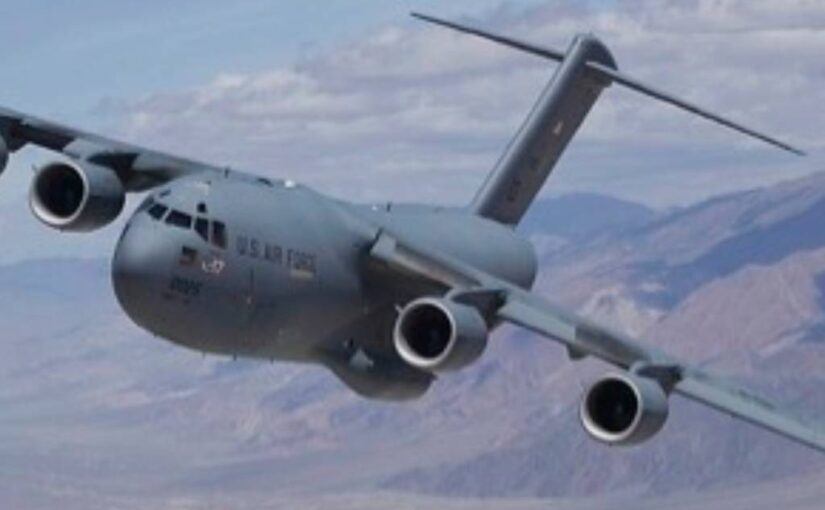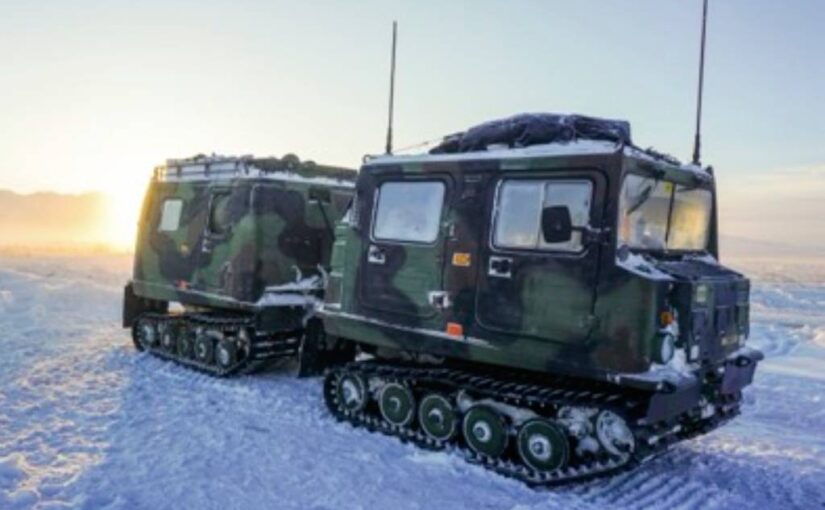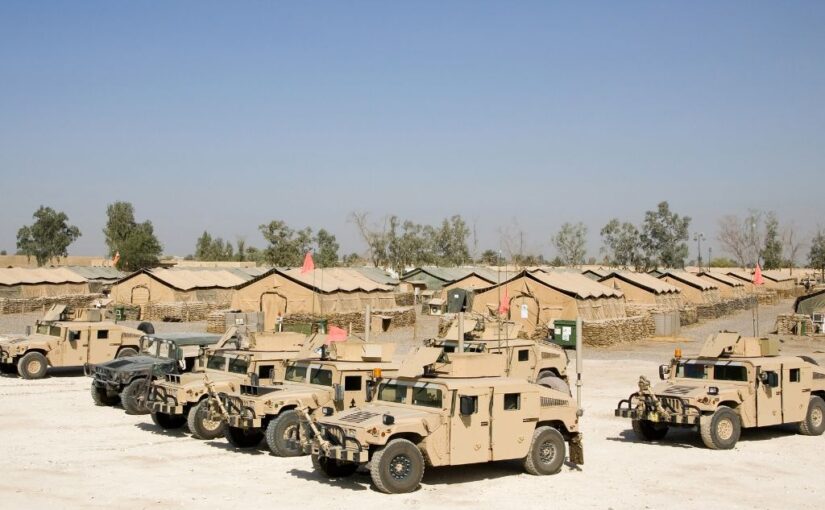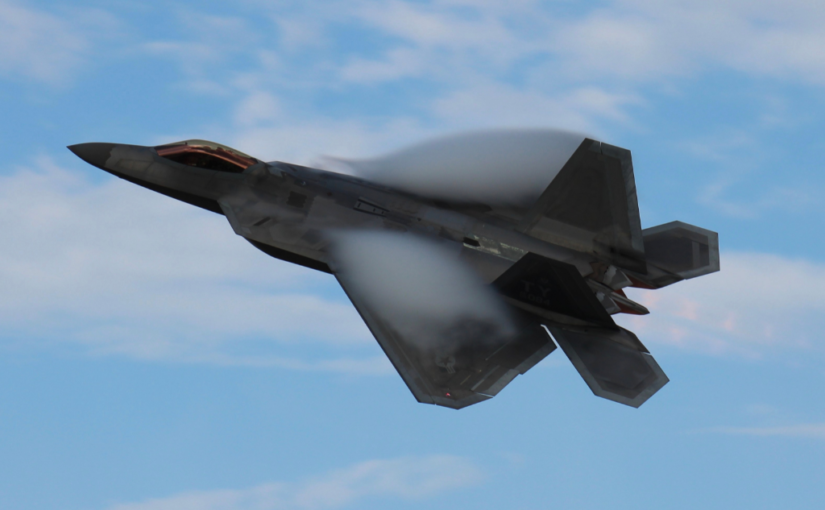Method 503 in MIL-STD-810 covers procedures for temperature shock or thermal shock testing. Temperature shock testing (as defined in MIL-STD-810H) is a rapid change in air temperature greater than 10°C (18°F) per minute. Temperature shock testing is used to determine if products can withstand sudden changes in the surrounding temperature environment without experiencing physical damage or deterioration in performance. The latest revision is Method 503.7 from MIL-STD-810H.
Some of the Effects of Temperature Shock Environments are:
- Shattering of glass and optical material.
- Binding or slackening of moving parts.
- Differential contraction or expansion rates or induced strain rates of dissimilar materials.
- Deformation or fracture of components.
- Cracking of surface coatings.
- Leaking of sealed compartments.
- Failure of insulation protection.
- Changes in electrical and electronic components.
- Electronic or mechanical failures due to frost formation.
Method 503 Has One Procedure with Four Variations:
- Procedure I-A – One-way Shock(s) from Constant Extreme Temperature.
This procedure is for material that is only rarely exposed to thermal shock in one direction. At least one shock is performed from low to high temperature, or vice versa. - Procedure I-B – Single Cycle Shock from Constant Extreme Temperature. For items that are exposed to only one thermal shock cycle (one in each direction). One shock is performed from low-to-high temperature (or vice versa) and then one shock in the opposite direction.
- Procedure I-C – Multi-Cycle Shocks from Constant Extreme Temperature. A minimum of three shocks are performed at each condition, i.e., three transfers from cold to hot, three transfers from hot to cold, and a stabilization period after each transfer.
- Procedure I-D – Shocks to or from Controlled Ambient Temperature. Procedure I-D follows the durations of Procedures I-A to I-C, except all shocks are to and/or from controlled ambient temperatures.
Test levels for MIL-STD-810 Temperature Shock Testing
Consider the following typical conditions from MIL-STD-810H:
- Aircraft flight exposure. For materiel exposed to desert or tropical ground heat with possible direct solar heating, then, immediately afterwards, exposed to the extreme low temperatures associated with high altitude. The item could be subjected to multiple thermal shocks occurring in multiple missions.
- Air delivery – desert. For products that are delivered over desert terrain from unheated, high altitude aircraft, then exposed to hot ambient air temperature (no solar loading).
- Ground transfer – ambient to or from either cold regions or desert. For items that move from a controlled ambient indoor environment or enclosure to a cold region or desert environment.
For MIL-STD-810 temperature shock testing, the transfer time between the temperatures should be within one minute. The test sample is soaked for as long as necessary to ensure a uniform temperature throughout at least its outer portions. If the Life Cycle Environmental Profile indicates a duration less than that required to achieve stabilization, this duration should be used. If the critical point of interest is near the surface of the item, a shorter duration may apply rather than complete stabilization of the item.
H4: Choosing DES for MIL-STD-810 Temperature Shock Testing
When it comes to MIL-STD-810 Temperature Shock Testing, selecting the right laboratory is crucial for accurate and reliable results. DES stands out for several reasons:
- DES has run numerous MIL-STD-810 Method 503.7 Temperature Shock tests for many military manufacturers
- DES’s lab is A2LA accredited to MIL-STD-810, Method 503 Temperature Shock Testing
- DES has multiple chambers capable of performing MIL-STD-810 Temperature Shock compliance testing
Contact us today to discuss your MIL-STD-810 testing with one of our engineers.




